Food connects us with history like no other. Some of our favorite dishes come from tough times in history. They remind us of struggles and resilience, turning pain into something delicious. Each bite is a reminder of survival and creativity. Not only do these foods reflect the blending of cultures and experiences, but they also carry the weight of history and challenges faced by the communities that created them. Let’s talk about the top iconic foods that were born out of cultural tragedies that are celebrated today as a strength of the human spirit.
Gumbo (United States)
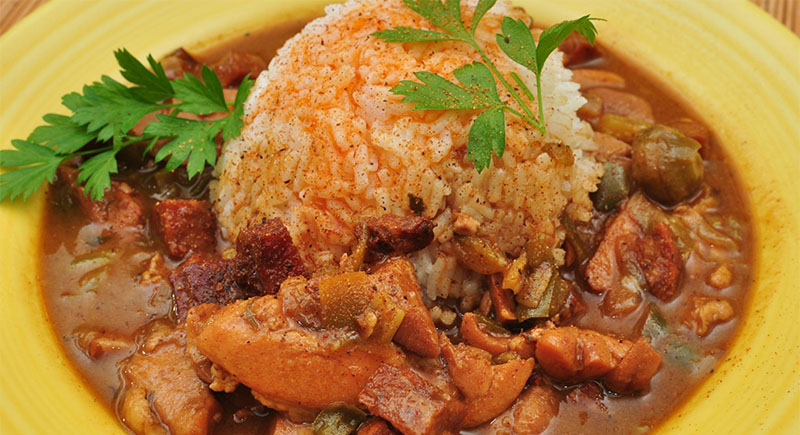
Credit: Wikimedia Commons
Originally a dish born of necessity, gumbo now stands as a rich symbol of diversity in the American South. This Creole dish from Louisiana reflects the culinary traditions of enslaved Africans and French settlers. Combining West African okra, French roux, and local seafood or sausage, gumbo turned limited ingredients into a deeply flavorful stew that symbolizes cultural creativity.
Spam (Philippines)

Credit: Wikimedia Commons
Spam became a cornerstone in the Philippines during American colonization and World War II. Imported for U.S. troops stationed there, it was seen as a luxury by locals who adapted it into dishes like Spamsilog (garlic rice, eggs, and Spam). While born from scarcity, Spam remains a favorite, especially in Filipino breakfast traditions.
Fried Chicken (United States)

Credit: Wikimedia Commons
The beloved fried chicken became popular during and after the abolition of slavery. Black women seeking financial independence sold it as travel food on railways. Its portability and long shelf life made it practical, and its delicious flavor made it a favorite. This dish became a tool for financial independence, later evolving into one of the most beloved foods in American culinary history.
Fry Bread (Native American Communities)

Credit: Wikimedia Commons
Fry bread came from U.S. government programs that gave basic ingredients like flour and lard to Native Americans forced onto unproductive lands. Some see it as a painful reminder of hardship, while others view it as a custom with deep historical meaning.
Soul Food (United States)
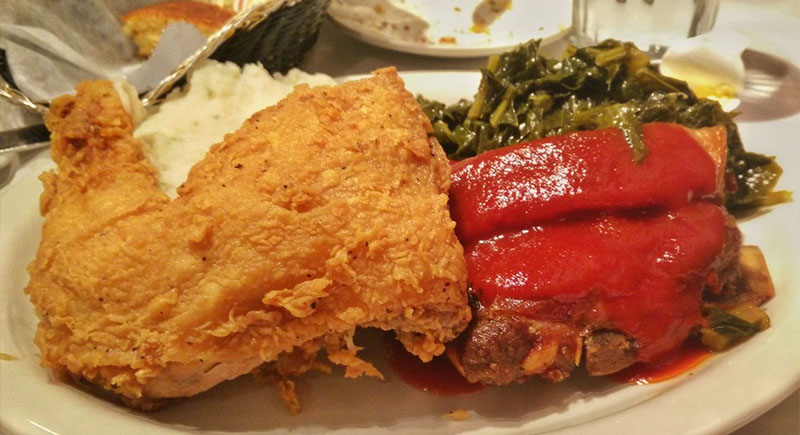
Credit: flickr
The claim that soul food, including dishes like collard greens and cornbread, emerged from the resourcefulness of enslaved African Americans is true. They utilized available ingredients to create flavorful meals that are now central to African American culinary heritage.
Banh Mi (Vietnam)

Credit: flickr
Banh Mi is a fusion of French and Vietnamese influences, born from colonial rule in the late 19th century. French baguettes were adapted with local ingredientDuring times of economic hardship in Italy, families relied on whatever vegetables and beans they had to create a filling, nourishing meal. This led to the popularity of minestrone soup. Its versatility and simplicity allowed it to endure, making it a beloved dish that remains central to Italian cuisine.
Jollof Rice (West Africa)
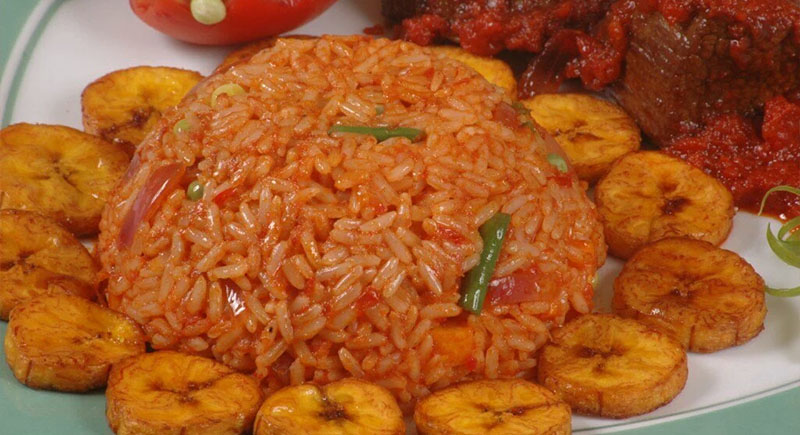
Credit: Wikimedia Commons
Jollof rice is a festive dish made with rice, tomatoes, and spices. It became a unifying meal in West Africa during times of colonization and economic struggles. Its affordability and communal preparation made it a symbol of resilience and a centerpiece of celebration.
Irish Stew (Ireland)
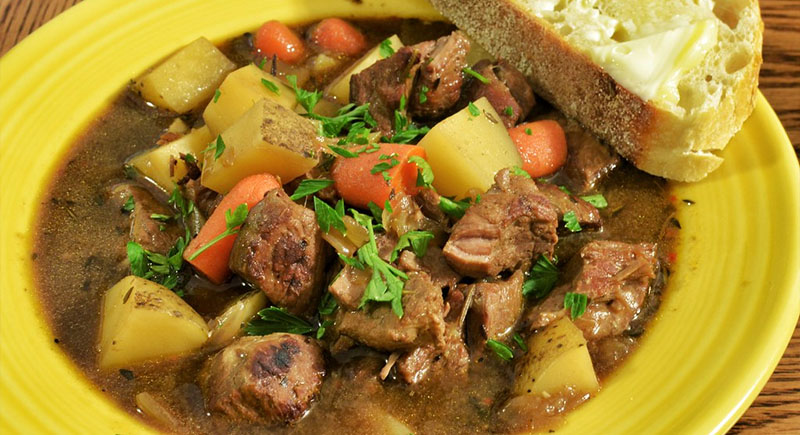
Credit: flickr
Irish stew gained prominence during the Great Famine in the mid-19th century when potatoes, a primary food source, failed catastrophically. People used whatever ingredients were available, like mutton and onions, to create this comforting dish that remains a top choice among Irish people.
Kimchi (Korea)
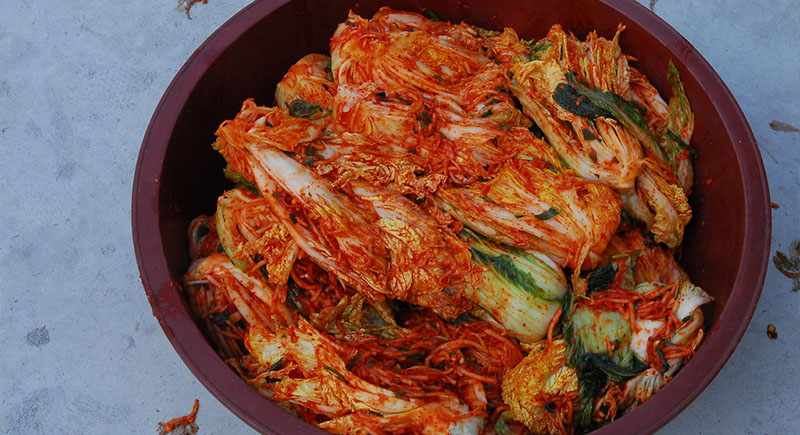
Credit: flickr
In Korea, fermenting vegetables like cabbage and radish became a practical way to ensure food lasted through long winters. This process led to the creation of kimchi, which preserved nutrients and provided a flavorful addition to meals. This practical solution is now deeply tied to Korean identity, known for its unique taste and significance across generations.
Barbecue (United States)
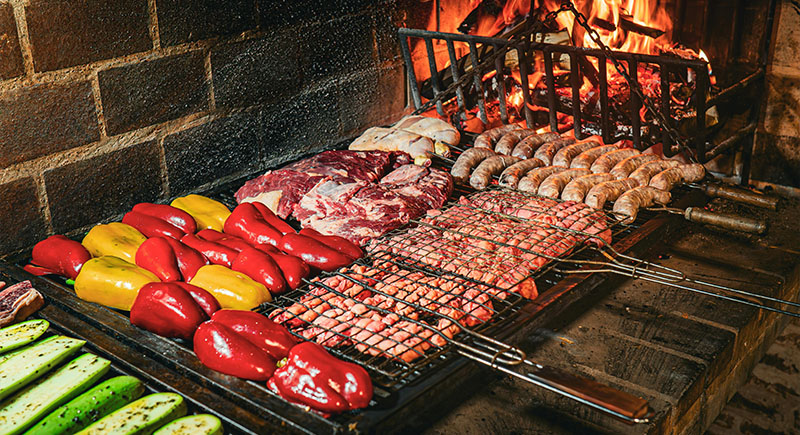
Credit: pexels
Barbecue has roots in Native American and African cooking traditions and developed further in the American South during slavery. Enslaved cooks perfected slow-cooking methods with a handful of ingredients, creating deeply flavorful dishes. Over time, barbecue grew into a ritual, symbolizing freedom and celebration, especially during events like Juneteenth.
Milk Bar Foods (Poland)

Credit: flickr
During the Soviet era, milk bars in Poland became a source of affordable meals during times of economic rationing. They served dairy-based dishes like dumplings and soups. Though born out of necessity, milk bars remain a significant part of Polish history and continue to offer a nostalgic dining experience.
Cornbread (United States)

Credit: flickr
Cornbread became essential during slavery in the United States when wheat was scarce, and corn was abundant. Enslaved people and poor communities used it as a cheap source of food. Cornbread remains a key element in Southern cuisine and African American culture.
Roti (India)
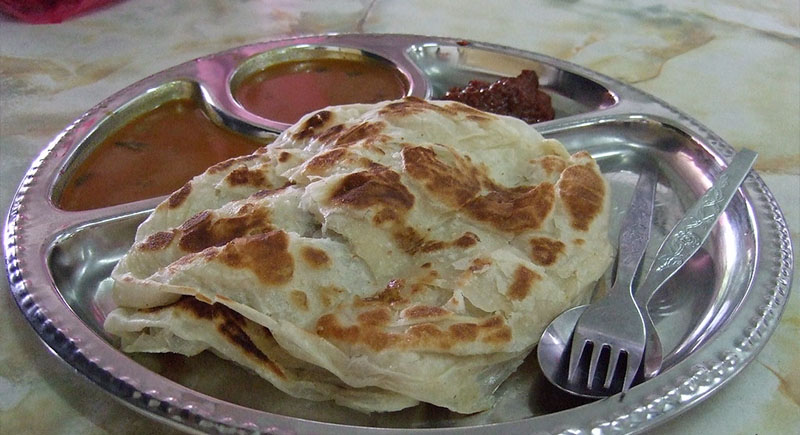
Credit: flickr
Under British colonization, rice shortages in India led many communities to use wheat as a primary grain. This shift gave rise to roti, a simple flatbread that paired well with various dishes. Its versatility and ease of preparation secured its place as a key part of Indian cuisine.
Pasta e Fagioli (Italy)
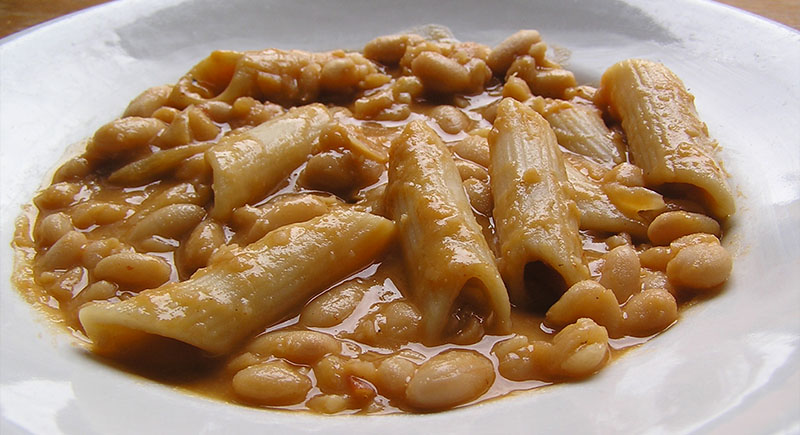
Credit: Wikimedia Commons
In Italy, economic struggles forced families to make the most of inexpensive food items like pasta and beans. This necessity gave life to pasta e fagioli, a dish that provided both nutrition and comfort. The dish continues to stand as a beloved reminder of resilience and resourcefulness.





